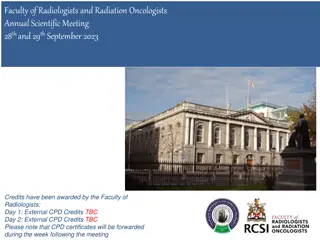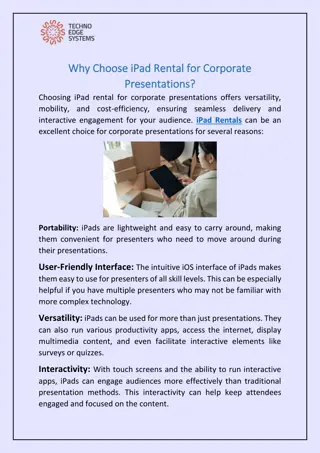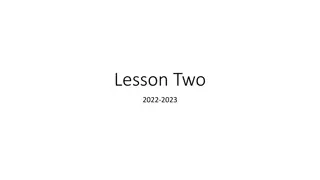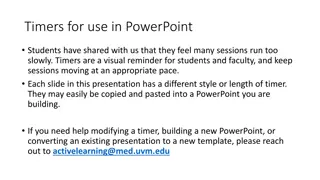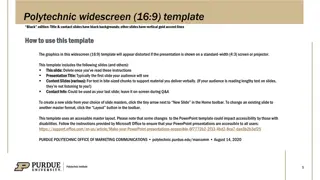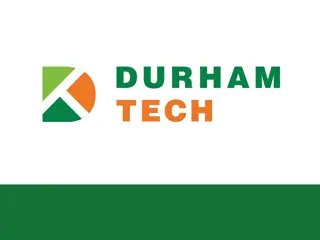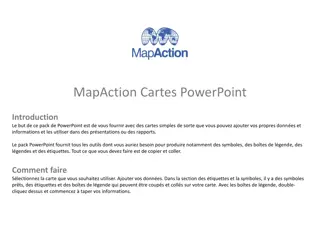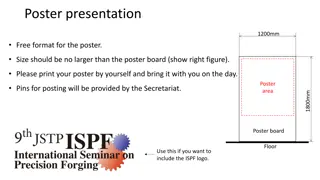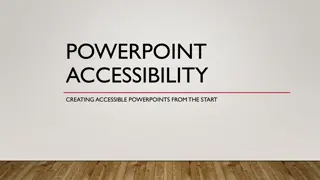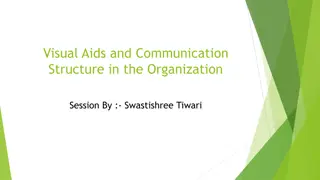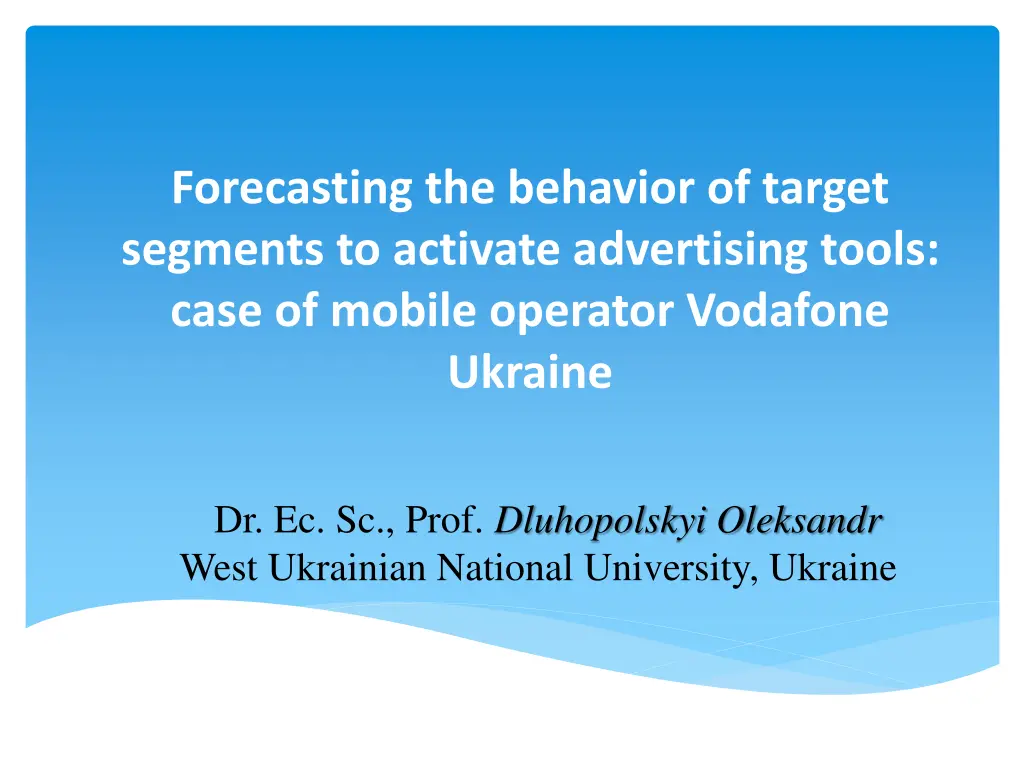
Forecasting Mobile Operator Vodafone Ukraine Behavior
Explore how big data is used to forecast demand and prevent customer churn in Vodafone Ukraine, focusing on building predictive models and analyzing subscriber behavior to activate targeted advertising tools.
Download Presentation

Please find below an Image/Link to download the presentation.
The content on the website is provided AS IS for your information and personal use only. It may not be sold, licensed, or shared on other websites without obtaining consent from the author. If you encounter any issues during the download, it is possible that the publisher has removed the file from their server.
You are allowed to download the files provided on this website for personal or commercial use, subject to the condition that they are used lawfully. All files are the property of their respective owners.
The content on the website is provided AS IS for your information and personal use only. It may not be sold, licensed, or shared on other websites without obtaining consent from the author.
E N D
Presentation Transcript
Forecasting the behavior of target segments to activate advertising tools: case of mobile operator Vodafone Ukraine Dr. Ec. Sc., Prof. Dluhopolskyi Oleksandr West Ukrainian National University, Ukraine
In this research, we focus on using big data to forecast the demand for mobile operator services (Vodafone case) and prevent the outflow of customers to other mobile operators. The main research objectives include: 1) analyze the activities of the telecommunication company VF Ukraine and build a scoring model that predicts subscriber behavior; 2) analyze heterogeneity between target and non-target groups on the basis of recovery of activity; the conditions under which there may be 3) predict the behavior of target segments to activate advertising tools.
To predict the behavior of target segments, we conducted modeling of big data. To build the model data was processed to convert it from its raw state to the format used in machine learning algorithms. Figure 1. The flow of the system C4.5
Company VF Ukraine, known to Ukrainians as the mobile operator Vodafone, is one of the largest players in the telecommunications market in Ukraine and ranks second in terms of market share among telecoms (market share 35%), after Kyivstar (market share around 48%). In 2019-2021, the company VF Ukraine actively developed new 4G databases in Ukraine, as well as conducted 5G testing. Kyivstar Vodafone Lifecell 60.0% 49.9% 49.7% 49.0% 49.0% 49.0% 48.5% 50.0% 49.8% 48.9% 48.9% 48.2% 49.1% 48.7% 37.1% 37.3% 40.0% 36.8% 36.1% 35.8% 35.1% 37.0% 37.3% 36.5% 35.5% 35.8% 34.8% 30.0% 20.0% 16.4% 14.9% 15.2% 14.2% 13.0% 13.0% 17.0% 15.8% 14.6% 15.3% 13.9% 10.0% 12.9% 0.0% 1Q'19 2Q'19 3Q'19 4Q'19 1Q'20 2Q'20 3Q'20 4Q'20 1Q'21 2Q'21 3Q'21 4Q'21 Figure 1. Dynamic of the Kyivstar, Vodafone, and Lifecell market share, 2019-2021
245 features were collected for 300,000 Vodafone subscribers, of which 50% of the target group: TARGET = 1 and the other 150,000 non-target subscribers (TARGET = 0). 21% of subscribers who resumed their activity in the next week were active only one day out of four in the week of silence (in the week when the subscriber did not resume activity for three days, we consider these days of silence, so the maximum possible active days in the last week four), while not in the target group as much as 38%. 30% of subscribers from the target group were active all four days of the silence week, while in the group where subscribers did not resume activity the following week 20%.
Based on statistical analysis and numerous experiments, the following conclusions were made: 1) collected and validated 245 of the most important characteristics for predicting the behavior of subscribers to restore their activity after three days of silence; 2) the main segments of subscribers, their distribution in target and non-target groups are analyzed; 3) few models of different machine learning algorithms are constructed (linear regression, linear regression with smoothing function, subtypes of decision tree algorithms); 4) based on the built models, the best in terms of accuracy, sensitivity, f1-score was selected, which was obtained using the LightGBM algorithm with an accuracy score of 0.78.

